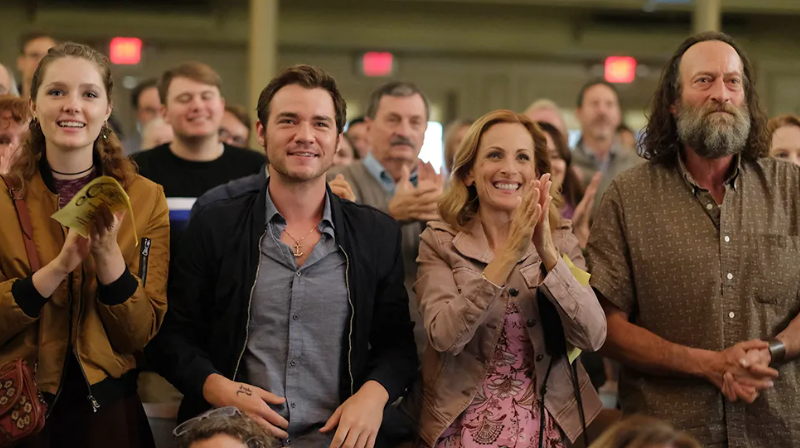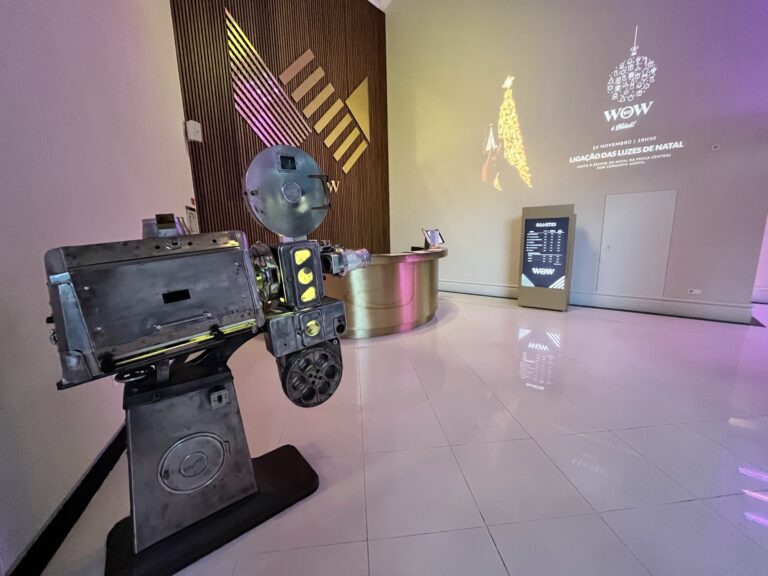Hearing Different Perspectives: CODA and the Lives and Challenges of Deaf Individuals
Last year a charming little drama took the Oscar award for Best Picture. Given the whole Will Smith-Chris Rock fiasco, its win was unfortunately overshadowed. But it was still a sweet little film worth viewing!
CODA (which stands for “Children of Deaf Adults”) is the story of a young woman, Rubi Rossi (Emilia Jones), who wishes to attend Berklee College of Music in Boston. She has a beautiful voice, but, unfortunately, none of the rest of her family- her brother Leo or parents Frank and Jackie (Daniel Durant, Troy Kotsur, and Marlee Matlin, respectively)- can hear it.
Rubi is the only non-deaf member of her family. She is however fluent in American Sign Language and uses that skill to translate for her family. Her family works long hours commercial fishing. Mr. Villalobos (Eugenio Derbez), the school choir director, is astounded by Rubi’s voice. But when regulations stipulate that the Rossi family must hire an official interpreter for their fishing vessel, Rubi is torn between two potential futures. Her cash-strapped family doesn’t want to hire an interpreter and wants Rubi to translate for them. Her teacher, though, encourages Rubi to pursue her vocation. What decision will she make?

and Vendôme Pictures.
Sian Heder wrote the screenplay and directed the film, which is based on the 2014 French-Belgian coming-of-age drama, La Familia Belier. Fabrice Gianfermi, Philippe Rousselet, Jerome Seydoux, and Patrick Wachsberger are CODA’s producers. The film features cinematography by Paula Hoidobro and music by Marius de Vries. Pathé Films and Vendôme Pictures are CODA’s production companies. It was released January 28, 2021 (Sundance) and August 31, 2021 (US Wide Release). Apple TV+ distributed the film, which garnered several other Oscar awards, including Best Supporting Actor (Troy Kotsur) and Best Adapted Screenplay.
Back to the film though. CODA fits in with a long line of films and TV shows about people contending with and/or overcoming various disabilities. Scent of a Woman (1992), Ray (2004), and Daredevil (2015-2018) are all about blindness. Stronger (2017), The Theory of Everything (2014), The Diving Bell and the Butterfly, and My Left Foot (1989) concern mobility issues (including amputation and paralysis), and one major plotline of Game of Thrones (2011-19) focuses on paraplegia. The Miracle Worker (1962) follows the real life of disability rights activist, Helen Keller, and I Am Sam (2001) follows a mentally challenged father vying for custody of his daughter.
These types of stories are undoubtedly very important. It’s of course vital to remind people of the reality they can still achieve despite any potential, mental or physical setbacks. In the case of blindness (visual impairments) and deafness (hardness of hearing), the pioneering inventions of Louis Braille and Thomas Gallaudet (respectively) made the reality of continued communication possible.
Sign language- which the Rossi family uses throughout CODA– can be tricky, but it is also very intuitive. For instance, to say “I love you,” you rub your hand on your heart. To express hatred, you put your index finger(s) to your thumb(s) (both hands) and flick away (as though disgusted). To express that you’re hungry, you touch all four fingers to your thumb and bring your hand to your mouth. To sign “banana,” you pantomime peeling one, and to sign “bird” you pantomime a beak opening and closing. As far as mobility issues are concerned- especially those caused by spinal cord injuries- institutions like the Christopher Reeves Foundation are still working hard to find an eventual cure (hopefully those affected one day may walk again!).
Please check out CODA if you have a chance. It is a film with character and heart that brings awareness to the issue of deafness, and, more broadly, how people living with certain physical conditions can still thrive and lead meaningful lives!
Discover more from DG Speaks
Subscribe to get the latest posts sent to your email.




